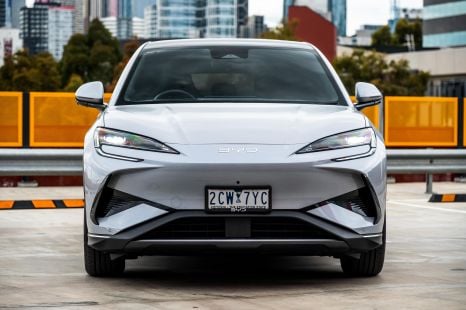

James Wong
2026 BYD Sealion 7 review
4 Hours Ago
Mitsubishi PHEV owners in South Australia are now permitted to sell power back to the grid thanks to bi-directional charging technology.

Deputy Marketplace Editor
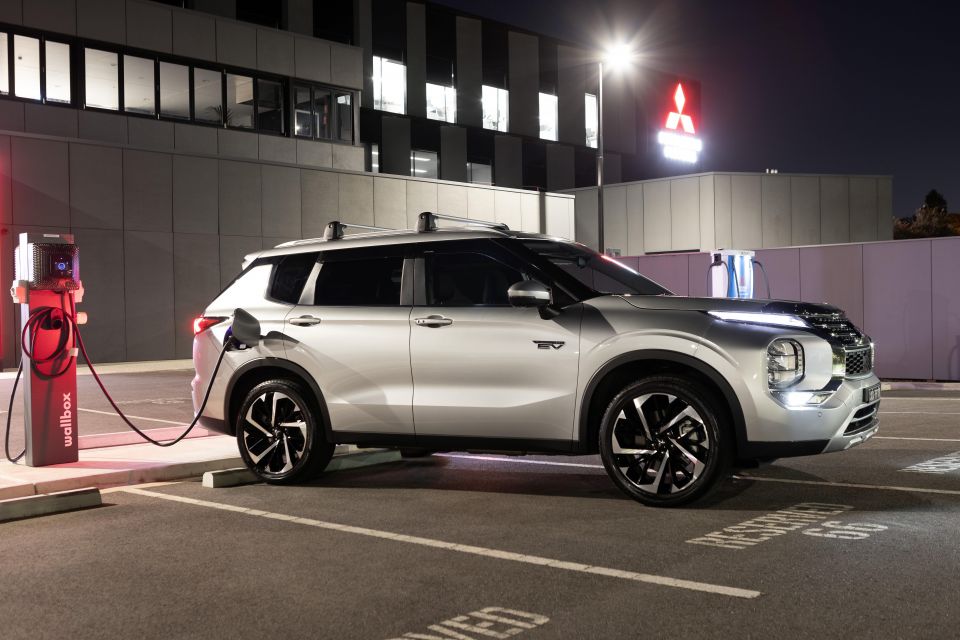

Deputy Marketplace Editor
Mitsubishi has been granted approval to roll out its bi-directional EV charging infrastructure in South Australia, allowing plug-in hybrid owners to send power from their car back to the grid in an Australian first.
The technology not only generates adopters savings on their electricity bills, but also provides a safety net during periods of power instability and blackouts.
While Mitsubishi Outlander and Eclipse Cross plug-in hybrids (PHEVs) are bi-directional capable through their CHAdeMO charging ports, owners will need to purchase an approved chargers sold separate to the car to access the two-way charging.
It’s the first time that Vehicle to Grid (V2G) bi-directional technology has been approved for an automotive OEM in Australia.
The seal of approval from SA Power Networks (SAPN) came after testing at its Adelaide headquarters in which a Mitsubishi Outlander PHEV was connected to a Wallbox Quasar 1 bi-directional charger.
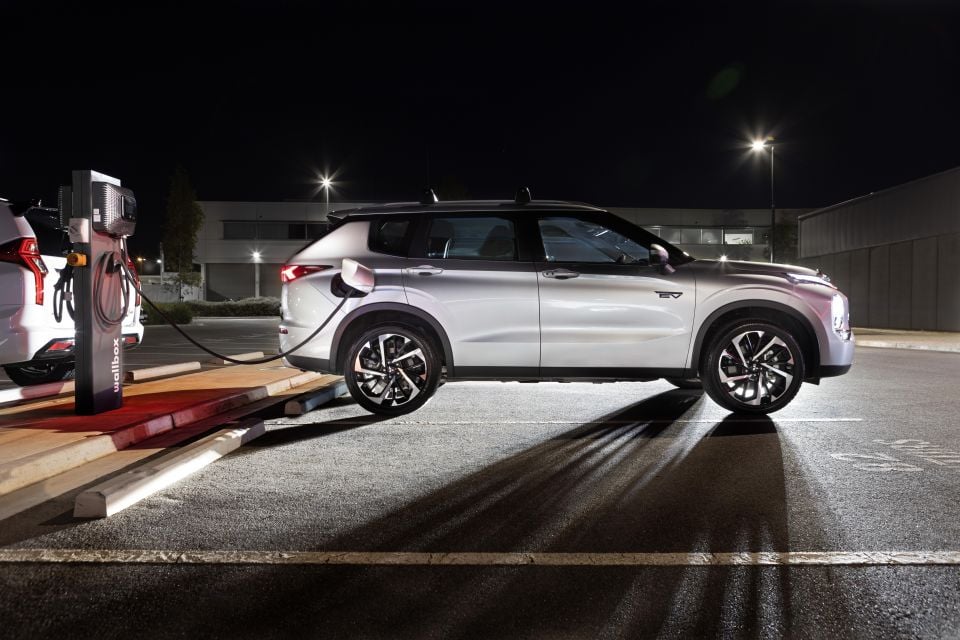
The Outlander PHEV passed testing by safely exporting electrical energy stored in its 20kWh lithium-ion on-board drive battery into the state’s power grid.
While overseas governments have invested considerable resources in bi-directional charging across the last two decades, the technology is still relatively new to Australia.
The process allows two-way sharing of stored energy from the drive battery of a PHEV or suitable electric vehicle (EV) to an external energy consumer, via a compatible charger.
A Bi-directional charger converts AC electricity from the grid to the DC electricity required by EV batteries, but it is also capable of converting the electricity from DC back to AC so power can be drawn from the battery and distributed elsewhere.
Power sourced from the battery then enables energy sharing applications such as Vehicle to Grid (V2G) and Vehicle to Home (V2H).
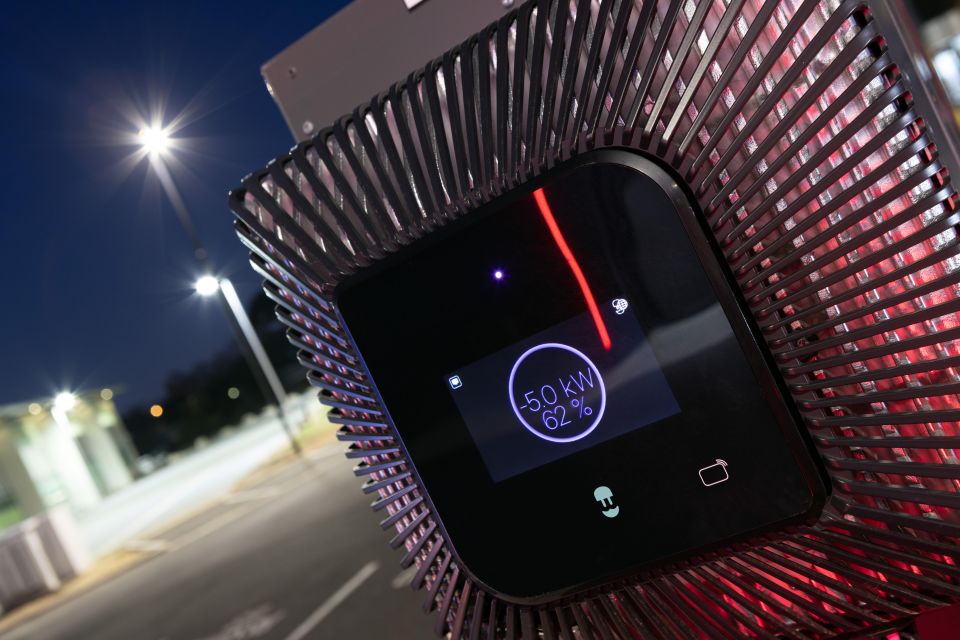
Vehicle to Grid sharing sends power from the battery to the power grid, a home, or any connected building, which can ease stress on the grid and reduce energy prices as a whole.
Outside of the user, all grid users benefit from increased grid reliability, an increased renewable energy mix, and cheaper energy prices.
Mitsubishi Motors Australia Limited eMobility Manager, Tim Clarke, says that Mitsubishi PHEV owners will benefit from the decision for a variety of reasons.
“As Australia’s V2G landscape continues to mature and access to bi-directional hardware increases, Mitsubishi PHEV owners are well positioned to benefit,” Mr Clarke said.
“They will be able to export from their PHEV to the grid or home, reinforcing PHEV’s versatility, while enhancing renewable energy deployment and reducing CO2 emissions across transport and in the grid.”

Tesla CEO Elon Musk has previously cast doubt over the potential of bi-directional charging.
“I don’t think very many people are going to use bidirectional charging, unless you have a Powerwall,” Musk said in March last year.
“Because if you unplug your car, your house goes dark. And this is extremely inconvenient. Most of the value comes in charging the car at the right time. It’s not really about sending energy the other way.”
Where expert car reviews meet expert car buying – CarExpert gives you trusted advice, personalised service and real savings on your next new car.
Josh Nevett is an automotive journalist covering news and reviews, with a background in motorsport journalism.


James Wong
4 Hours Ago
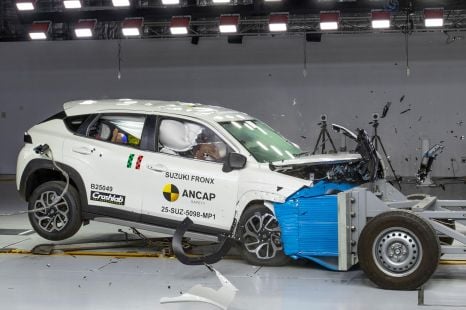

Damion Smy
12 Hours Ago
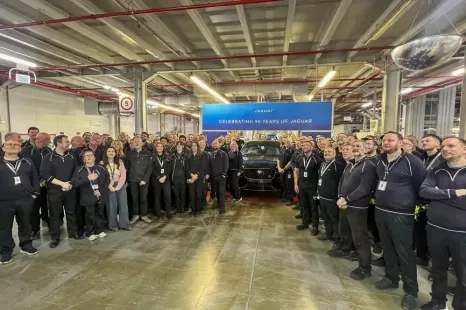

Damion Smy
16 Hours Ago
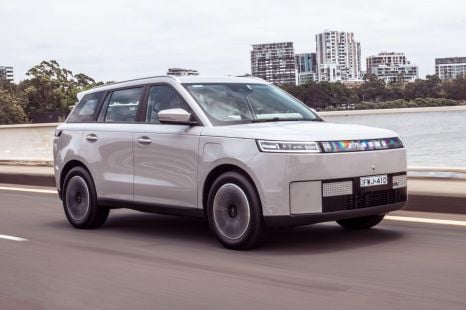

Josh Nevett
18 Hours Ago


Josh Nevett
18 Hours Ago
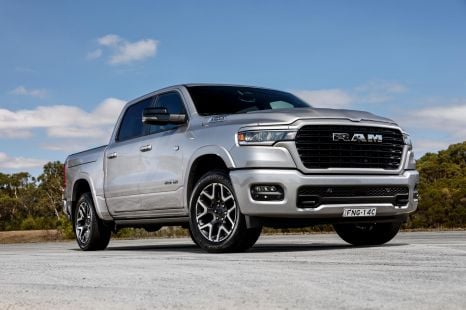

Damion Smy
18 Hours Ago